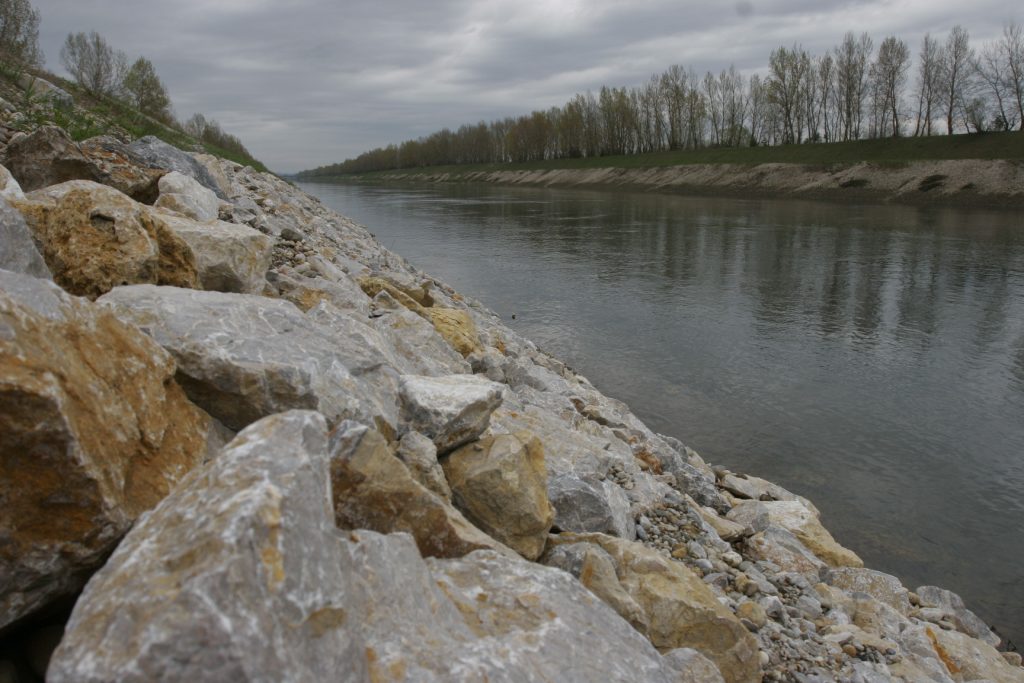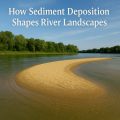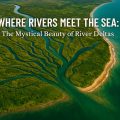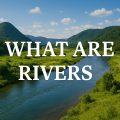Definitions of rivers, streams, brooks, creeks and other terms
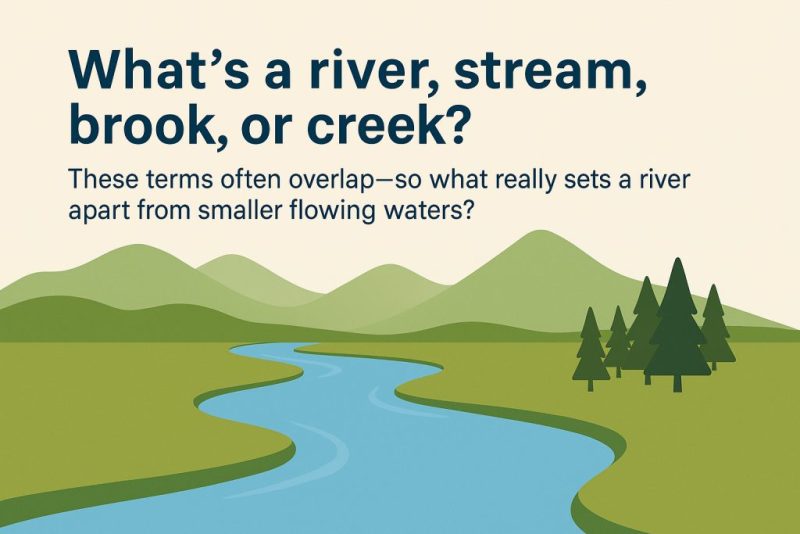
What is the river? What’s the stream, brook, or creek…we encounter these terms so many times, often with a different meaning. What, in reality, is the distinction between a large stream that is a river and smaller bodies of running water?
Understanding the distinction between these water bodies requires considering several key factors, such as size, flow, and geographical significance. A river is typically larger and play a critical role in shaping landscapes, often serving as vital water sources for both human settlements and ecosystems. In contrast, streams and brooks are usually smaller, with creeks occupying a middle ground. While all these bodies of water exhibit continuous movement, their scale and impact vary significantly. By exploring these characteristics, we gain a deeper appreciation for the unique roles each plays in the environment.
This issue can be approached from two perspectives: hydromorphology and linguistics.
Interestingly, no global standards body has established a definitive hierarchy for the terminology related to “watercourse.” There are no precise boundaries that classify these terms based on factors such as flow rate, channel width, or depth.
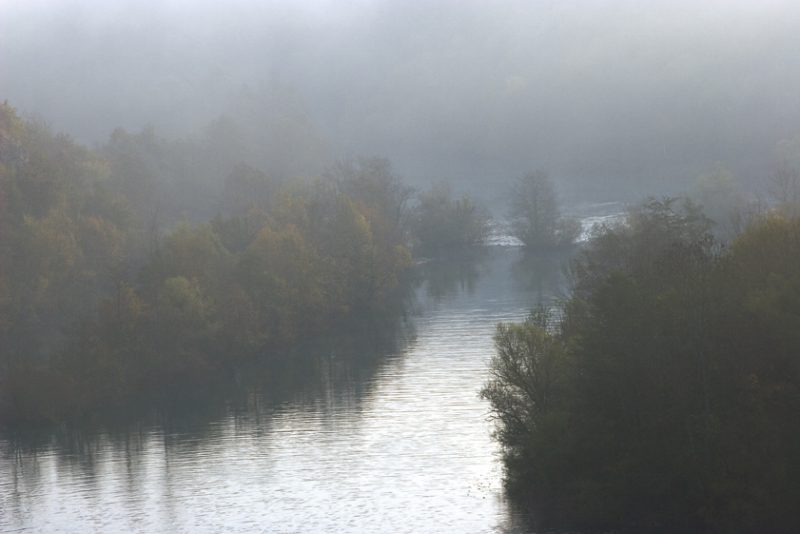
Geological Terminology – the Stream
The certainty regarding these terms primarily resides in geological terminology. In geology, the term “stream” is used to describe any flowing body of water, from a mere trickle to a vast river. A stream, defined by its flowing nature within a channel, is propelled downhill by gravitational forces, regardless of its size. In this context, a river is essentially considered a large stream. The broader term “watercourse” is often employed in other contexts.
Furthermore, streams can flow beneath the surface or even within another water body, as exemplified by phenomena such as the Gulf Stream.
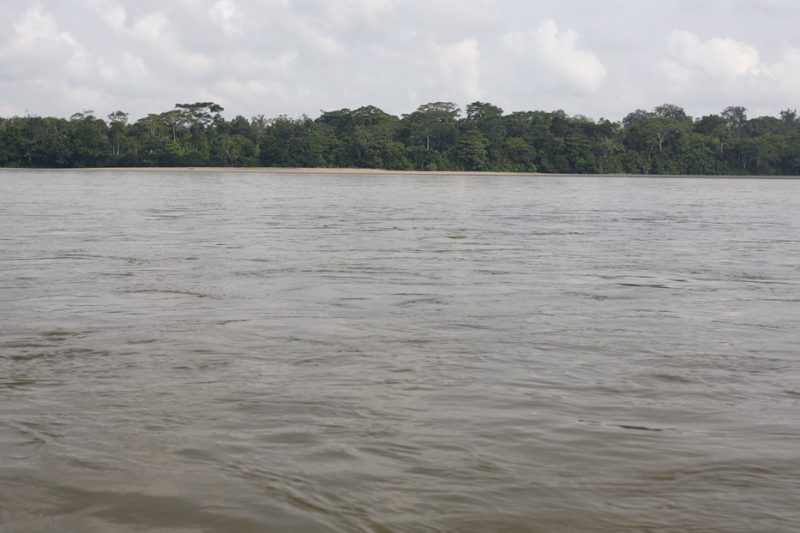
Practical Terminology
In practical terms, we generally classify rivers as substantial flows of moving water, while streams are regarded as smaller bodies of water. Rivers are often difficult to cross, though they may be navigable, and are frequently spanned by bridges.
In this context, a stream is typically a smaller body of water, often found in hilly areas, and is usually easier to cross. The transition from a stream to a river is subjective and can vary depending on personal judgment. Occasionally, the term “rivulet” is used to describe something slightly larger than a stream but still on the smaller side of what one might consider a river. Similarly, the term “streamlet” refers to very small streams.
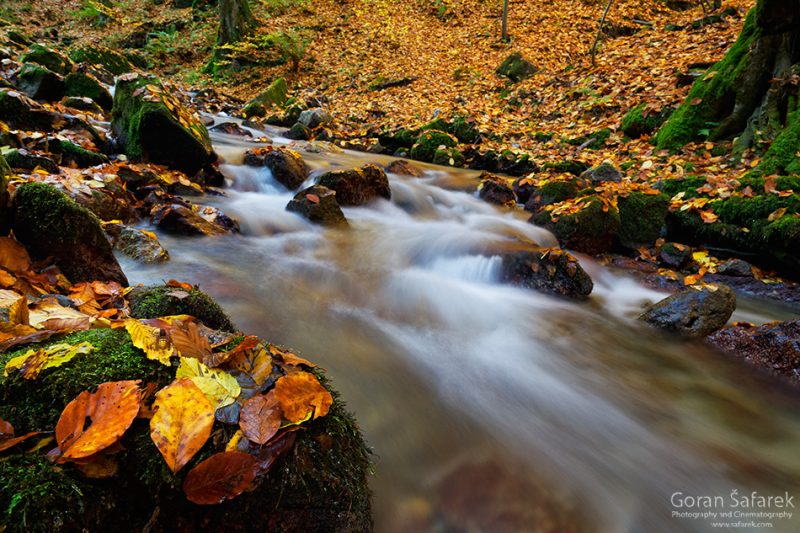
Streams, in the sense of a smaller body of running water, could be divided further. A brook is a small stream or rivulet, commonly swiftly flowing in rugged terrain, of lesser length and volume than a creek.
The classification of various sizes in streams doesn’t have any practical value, unlike the classification of the different sizes of sediment, which is necessary for construction, etc. (See more about sediment). Some people say you can step over a brook, jump over a creek, wade across a stream, and swim across a river.
A stream, in the sense of a smaller body of running water, can be further subdivided. A brook is a small stream or rivulet, often characterized by swift currents in rugged terrain, and typically shorter and of lesser volume than a creek.
The classification of various stream sizes does not hold practical significance, unlike the classification of different sediment sizes, which is necessary for construction and other industries. Some people suggest you can step over a brook, jump over a creek, wade across a stream, and swim across a river.
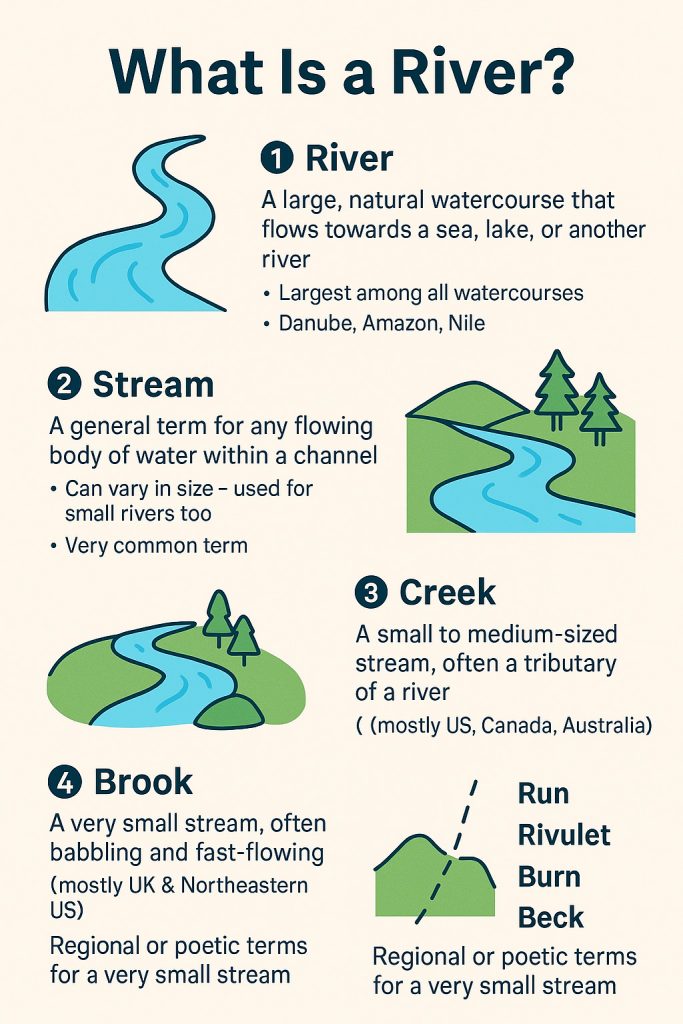
Regional Terminology and Variations
Regional terms further complicate the classification of water bodies.
A “run” (such as Bull Run in Virginia) refers to a “small stream,” a term commonly used in some parts of the U.S. Streams labeled as “kill” (from the Middle Dutch word kille) are frequently found in New York and occasionally in nearby states, likely named by the Dutch settlers. Many of these bodies of water have later had the words “creek” or “river” appended to their names (e.g., Catskill Creek, Fishkill River).
In Scotland and parts of New Zealand, the word “burn” is commonly used to describe small streams. These terms can have meanings unrelated to running water. For instance, a “slough” refers to a creek in a marsh or tidal flat.
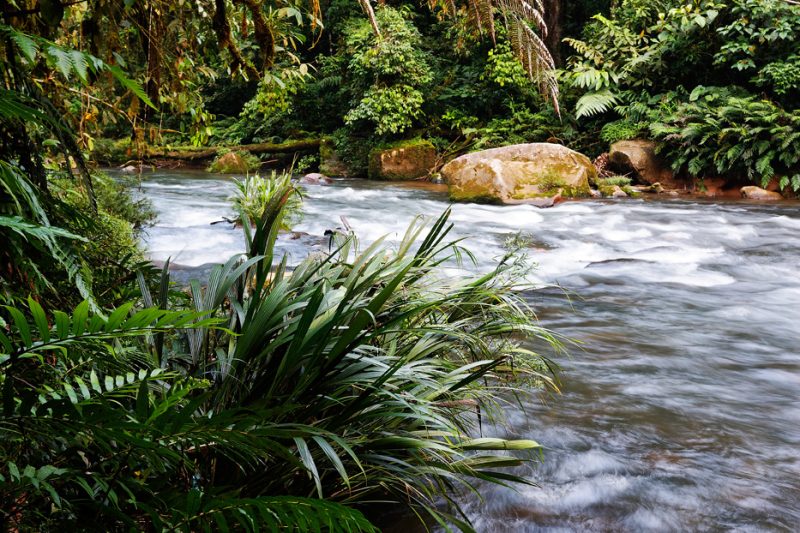
The Confusion Between Channels and Canals
There is also some confusion when distinguishing between channels and canals.
The term “channel” is a general word for any path through which water or other fluids pass. It is also used metaphorically, as in the “channel of communication.
A “canal,” on the other hand, specifically refers to an artificial waterway initially constructed for the passage of boats or ships. For example, we would not commonly use the word “canal” for an irrigation trench.
International Terminology
Different languages address this issue with varying terms and classifications. In French, for instance, “rivière” and “fleuve” distinguish between different types of rivers. Essentially, “le fleuve” refers to a river that flows into the sea or ocean, while “rivière” is used for a tributary of another river. The classification of smaller streams in French remains somewhat ambiguous, though.
As for terms in other languages, many languages have specific words for different types of watercourses, though they often overlap in meaning and usage. Here are some examples:
-
French:
- Rivière: Generally refers to a river, especially one that is a tributary to a larger river.
- Fleuve: Refers to a large river that flows into the sea or ocean (e.g., the Seine is a rivière, while the Loire is a fleuve).
- Ruisseau: Means stream or brook.
- Torrent: A term for a fast-moving stream, often one that is temporary and found in mountainous regions.
-
Spanish:
- Río: Means river.
- Arroyo: Refers to a stream or brook, typically small and seasonal.
- Riachuelo: A small creek or stream.
-
German:
- Fluss: Refers to a river.
- Bach: Means brook or stream.
- Strom: Sometimes used for a larger river, though it can also mean a current or tide.
-
Italian:
- Fiume: Means river.
- Ruscello: Refers to a small stream or brook.
- Torrente: A term for a fast-flowing mountain stream, similar to a torrent in English.
-
Dutch:
- Rivier: Means river.
- Beek: Refers to a stream or brook.
- Stroom: Can refer to a stream or flow of water, similar to the English “stream.”
-
Portuguese:
- Rio: Means river.
- Ribeira: Refers to a small stream or brook.
- Córrego: A small creek or stream, often seasonal.
Each of these languages, like English, has its distinctions for watercourses based on size, flow, and geographical context, though the terms may not always align perfectly with one another.
Please share your thoughts. Additionally, what are the terms for these in other languages?
